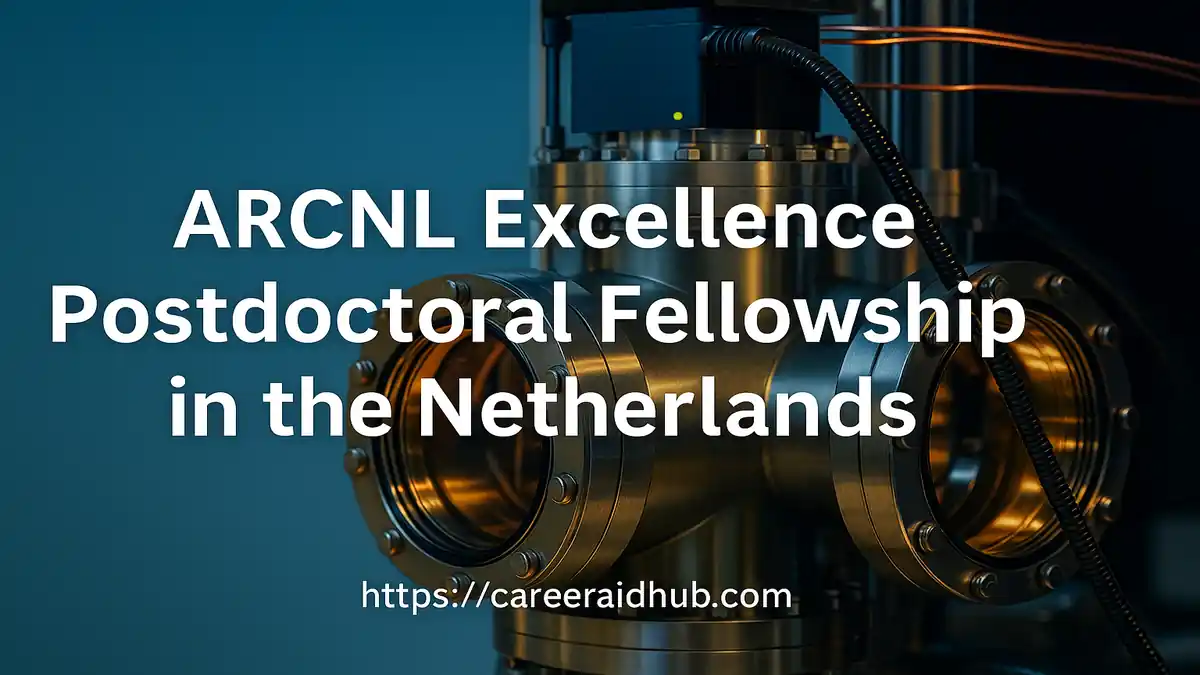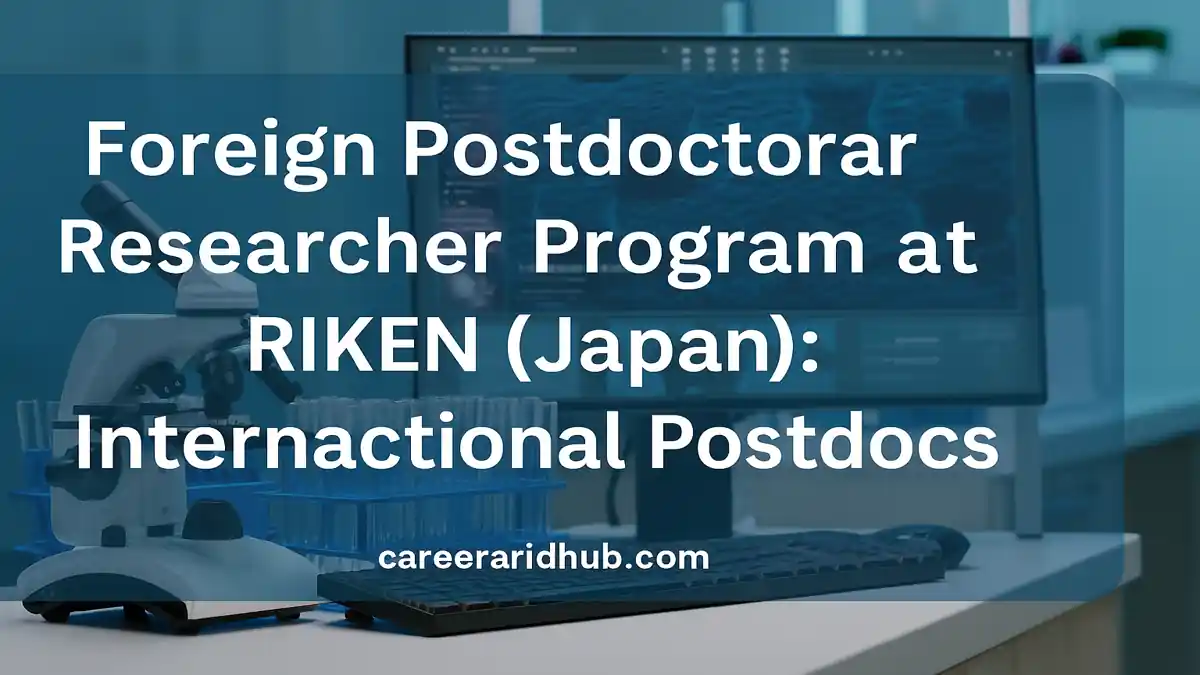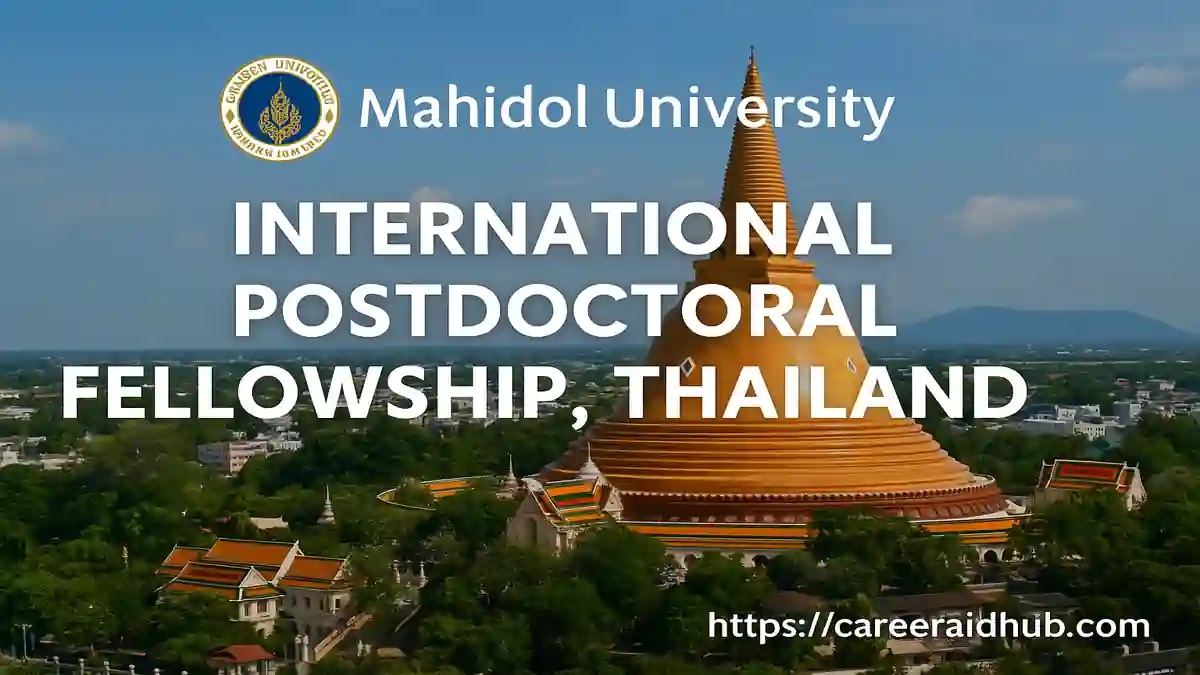Introduction: A Gateway to Global Collaboration
Space exploration today demands more than technology—it requires collaboration across cultures and continents. Recognizing this, NASA has built the International Internship Program (NASA I²) to prepare tomorrow’s global leaders in science and engineering. Through immersive projects and mentorship, non-U.S. students gain exposure to NASA’s missions while strengthening international cooperation.
NASA International Internship (NASA I²) opens the door for ambitious STEM students from across the globe to work directly on groundbreaking projects at NASA. With opportunities in spring, summer, and fall, this program equips future scientists and engineers with hands-on experience, mentorship, and the chance to contribute to space exploration.
What is NASA I²?
NASA I² is a specialized initiative designed exclusively for international students enrolled in STEM degree programs. Unlike domestic NASA internships, this program allows non-U.S. citizens to participate directly in NASA’s research ecosystem.
Interns work on real-time projects alongside NASA experts, developing technical skills while also cultivating cross-cultural perspectives that are vital in today’s interconnected world. The program offers three annual sessions—spring, summer, and fall— ensuring flexibility to match diverse academic calendars.
Key Features of NASA I²:
- Hands-on research guided by NASA mentors.
- Multinational teamwork and problem-solving experience.
- Flexible session scheduling to suit academic commitments.
- A career-defining opportunity for non-U.S. STEM students.
Participating Countries and Partner Organizations
style="text-align: justify;">The strength of NASA I² lies in
strategic international partnerships. Rather than applying directly to NASA, students apply through
national space agencies, ministries, or educational organizations in their home countries. These bodies manage nominations and sponsorships under
Space Act Agreements, ensuring smooth collaboration and alignment with national priorities.
Current Participating Countries (2025 Cycle):
-
- Australia – Victorian Space Science Education Centre
- Canada – Canadian Space Agency
- Colombia – Ministry of Science, Technology, and Innovation
- Israel – Israel Space Agency
- Lithuania – Research Council of Lithuania
- Luxembourg – Luxembourg Space Agency Foundation
- Mexico – Mexican Space Agency
- New Zealand – Ministry of Business, Innovation, and Employment
- Norway – Norwegian Space Agency
- Republic of Korea – Korea Aerospace Research Institute
- Sweden – Swedish National Space Agency
This diverse representation underscores NASA’s vision of space as a shared frontier—an arena where collaboration accelerates discovery.
Eligibility and Requirements
Although specific requirements may vary depending on the country, most candidates are expected to meet the following standards:
-
- Active enrollment in an undergraduate or graduate program in science, technology, engineering, or mathematics (STEM).
- Strong academic record, typically demonstrated through GPA or equivalent measures.
- Proficiency in English, as projects require seamless communication.
- A clear interest in space exploration and alignment with NASA’s mission goals.
Note: Students cannot apply
directly to NASA. Applications must go through the national partner organization in the applicant’s country.
Academic and Career Impact
Participating in NASA I² is more than a résumé line—it can be a life-changing experience.
Benefits for Interns:
-
- Practical Exposure: Interns contribute to active research projects across fields like robotics, materials science, planetary studies, and aerospace engineering.
- Mentorship: Working alongside seasoned NASA professionals provides insight into career development and technical expertise.
- Networking: Interns connect with peers and experts from across the world, building professional relationships that often extend into future collaborations.
- Leadership Development: By solving problems in global teams, students learn adaptability, cultural intelligence, and leadership skills.
For many participants, NASA I² serves as both an academic catalyst and a launchpad for careers in academia, research institutions, and aerospace industries worldwide.
The International Space University (ISU) Pathway
Beyond the NASA I² track, another gateway exists through the International Space University (ISU). Students pursuing:
-
- Master of Space Studies (MSS)
- Master of Space Management (MSM)
may be selected to work at NASA
centers for
3–6 months. This arrangement integrates
formal academic study with practical experience, offering a unique blend of theory and practice.
The ISU pathway exemplifies how academic institutions and NASA collaborate to strengthen the global talent pipeline.
Why NASA I² Matters
-
Building International Bridges
NASA I² ensures that space exploration benefits from diverse cultural and academic perspectives. Collaboration helps reduce duplication of effort, increases innovation, and accelerates problem-solving.
-
Empowering Global STEM Talent
By extending opportunities to international students, NASA not only enhances its projects but also empowers nations to strengthen their local research ecosystems when interns return home.
-
Creating Lasting Ripple Effects
The program’s impact is long-term. Alumni frequently return to their countries as leaders, mentors, and innovators, contributing to policy development, teaching, and new research collaborations.
How to Apply: A Step-by-Step Guide
-
- Confirm Eligibility: Check if your country is listed among current participating partners.
- Contact National Authority: Reach out to the designated space agency or research council.
- Prepare Documents: Collect academic transcripts, English proficiency certificates, letters of recommendation, and a strong personal statement.
- Submit Application: Follow your country’s process and deadlines.
- Stay Informed: Monitor updates, as program timelines are typically announced in advance for spring, summer, and fall cycles.
Quick Reference Table
|
Feature
|
Details
|
|
Program Name
|
NASA International Internship (NASA I²)
|
|
Host Country
|
United States (across NASA centers)
|
|
Funded By
|
NASA in collaboration with national partner organizations
|
|
Duration
|
3–6 months (session-based)
|
|
Study Mode
|
Full-time, in-person at NASA facilities
|
|
Eligibility
|
Undergraduate/graduate STEM students from participating countries
|
|
Financial
|
Varies by partner (stipend, travel, housing may be provided)
|
|
Fields
|
Aerospace, engineering, robotics, materials, space sciences, etc.
|
|
Deadline
|
Sessions open Spring, Summer, Fall (Next cycle: Spring 2026 – details to be updated soon)
|
|
Official Website
|
Click here
|
Conclusion: Shaping the Next Generation of Space Innovators
The NASA International Internship Program (NASA I²) reflects NASA’s broader mission of making space exploration a collective global endeavor. By bringing together diverse talent under a unified vision, the program nurtures not just scientists and engineers but also global citizens committed to innovation and cooperation.
For ambitious students worldwide, this opportunity provides a direct pathway into space research, equipping them with skills, experiences, and networks that will shape the future of science. Staying updated on program cycles ensures aspiring candidates never miss their chance to be part of NASA’s international journey.
Frequently Asked Questions (FAQs)
What is the NASA International Internship Program (NASA I²)? The NASA International Internship Program allows non-U.S. STEM students to work on real projects at NASA centers while gaining global research and cultural experience.
Who can apply for NASA International Internships? Eligible applicants must be undergraduate or graduate STEM students from participating partner countries, nominated through their national space agency or academic authority.
How do international students apply for NASA internships? International students must apply through their country’s designated partner organization, not directly to NASA. Each partner manages its own nomination and application process.
What are the requirements for NASA I² internships? Applicants must show strong academic performance, proficiency in English, and active enrollment in a STEM degree program relevant to NASA’s mission.
Which countries participate in NASA International Internships? Countries include Australia, Canada, Mexico, Israel, Norway, Republic of Korea, Sweden, and others, depending on NASA’s active agreements with partner organizations.
What is the duration of a NASA International Internship? The program typically lasts 3–6 months and aligns with academic terms in spring, summer, or fall sessions.
Does NASA provide financial support for international interns? Financial support, such as stipends or travel allowances, depends on the agreements between NASA and the applicant’s national partner organization.
Can master’s or PhD students join NASA International Internships? Yes, graduate students, including those pursuing master’s or doctoral studies, may apply if their country is a participating partner.
What kind of projects do NASA I² interns work on? Interns engage in diverse projects in fields like aerospace engineering, robotics, planetary science, materials research, and advanced space technologies.
When are applications for NASA International Internships open? Applications typically open ahead of spring, summer, and fall sessions. Exact timelines vary by country, so students must check with their local partner.
Premium Mentorship for a Stronger Application
- Premium Mentorship: personalised 1:1 guidance for this and similar opportunities
- In-depth review of your CV, academic profile, and key statements
- Aligned with international selection criteria so your profile matches what panels expect
- Stronger, more compelling narrative for highly competitive calls
- Step-by-step support from opportunity mapping to final submission (fee-based)
Subscribe Premium Mentorship










